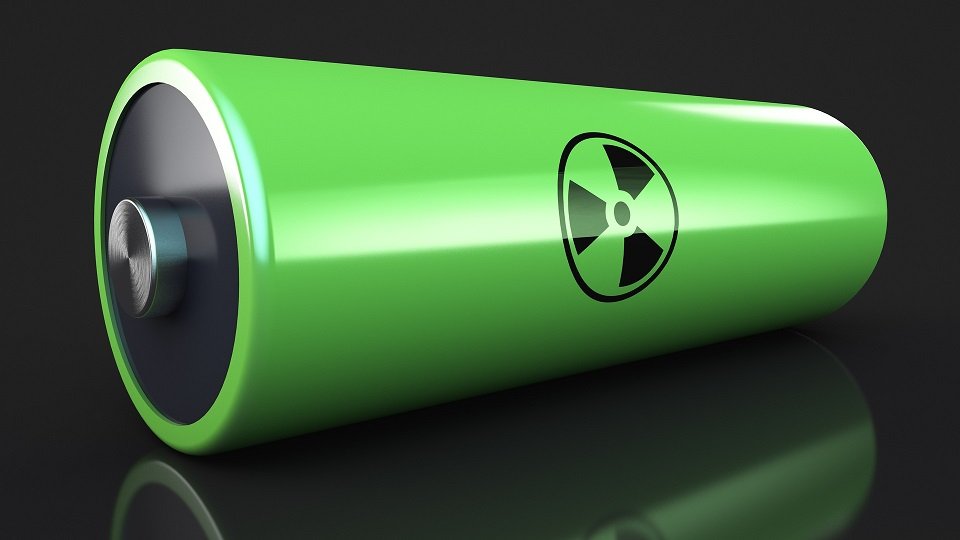Nuclear Batteries. They sound pretty intense, but they’re super interesting! Technically, they’re called radioisotope thermoelectric generators, or RTGs for short. These cool gadgets generate electricity using the heat from radioactive materials, and they’re absolute lifesavers when it comes to powering things in space or really isolated places here on Earth.
How Do They Work?
Unlike regular batteries, nuclear batteries don’t store chemical energy. Instead, they rely on the heat generated by the natural decay of radioactive isotopes. This heat gets converted into electrical energy through something called the Seebeck effect. Basically, a pair of semiconductors creates a temperature difference, causing electrons to move and generate electric current.
Some common materials used in RTGs are plutonium-238, strontium-90, and cesium-137. Plutonium-238 is a big favorite because it has a long half-life, meaning it stays warm for a long time – perfect for space missions that last for years or even decades!

Where Are They Used?
Space Exploration: RTGs are the power behind space probes that travel far from the Sun, where solar panels just won’t cut it. Remember the Voyager probes? Yep, they’re powered by RTGs. The same goes for the Curiosity rover on Mars.
Remote Locations: These batteries are also handy here on Earth, in places like Antarctica or on ocean buoys, where other power sources are impractical.
Military Use: The military uses RTGs for long-term power in remote surveillance devices and other gear that needs to run for long periods without maintenance.
Why Are They Awesome?
Durability: They can keep going for decades without maintenance, perfect for hard-to-reach places.
Reliability: They provide constant power, no matter the environment, whether it’s the vacuum of space or freezing cold on Earth.
Robustness: They work just fine in harsh conditions, like extreme temperatures or even space!
What Are the Downsides?
High Costs: Making RTGs is expensive, mostly because of the tricky handling of radioactive materials.
Regulatory Hurdles: Using radioactive materials is strictly regulated, which can limit where and how RTGs are used.
What’s the Market Like?
RTGs aren’t really a consumer product. Each one is custom-built for specific missions or applications, usually by government or research entities. So, they have a very specialized use, and there’s not really a traditional “market” for them.
About Future
About the future of this technology, there are several prototypes in the experimental stage, for example:
Chinese company Betavolt is launching the “BV100,” a tiny nuclear battery that can last up to 50 years. This coin-sized battery uses a radioactive nickel isotope and diamond semiconductors to generate power, and it’s set to be available in 2025. Betavolt’s modular design means these batteries can be scaled up for different applications, and they can be used in various fields, from medical devices to drones.
Recent advancements in nuclear battery technology have resulted in prototypes with significantly higher power densities. For example, a prototype developed in Russia boasts 10 times the power density of previous designs, opening possibilities for applications in medicine and space technology.






